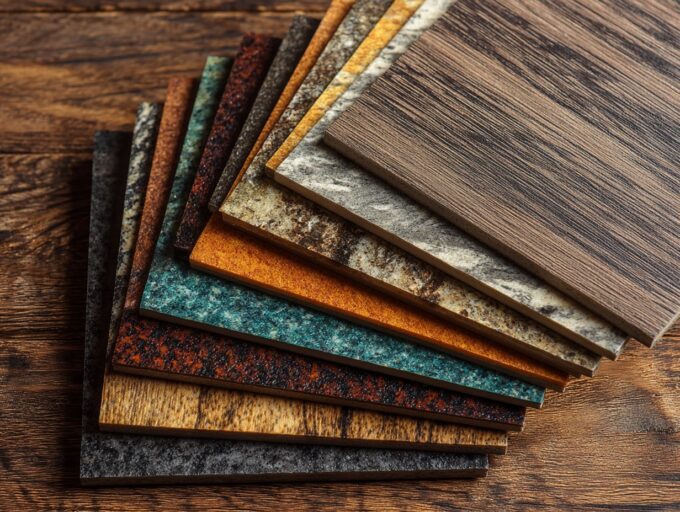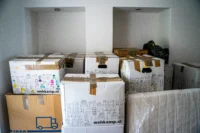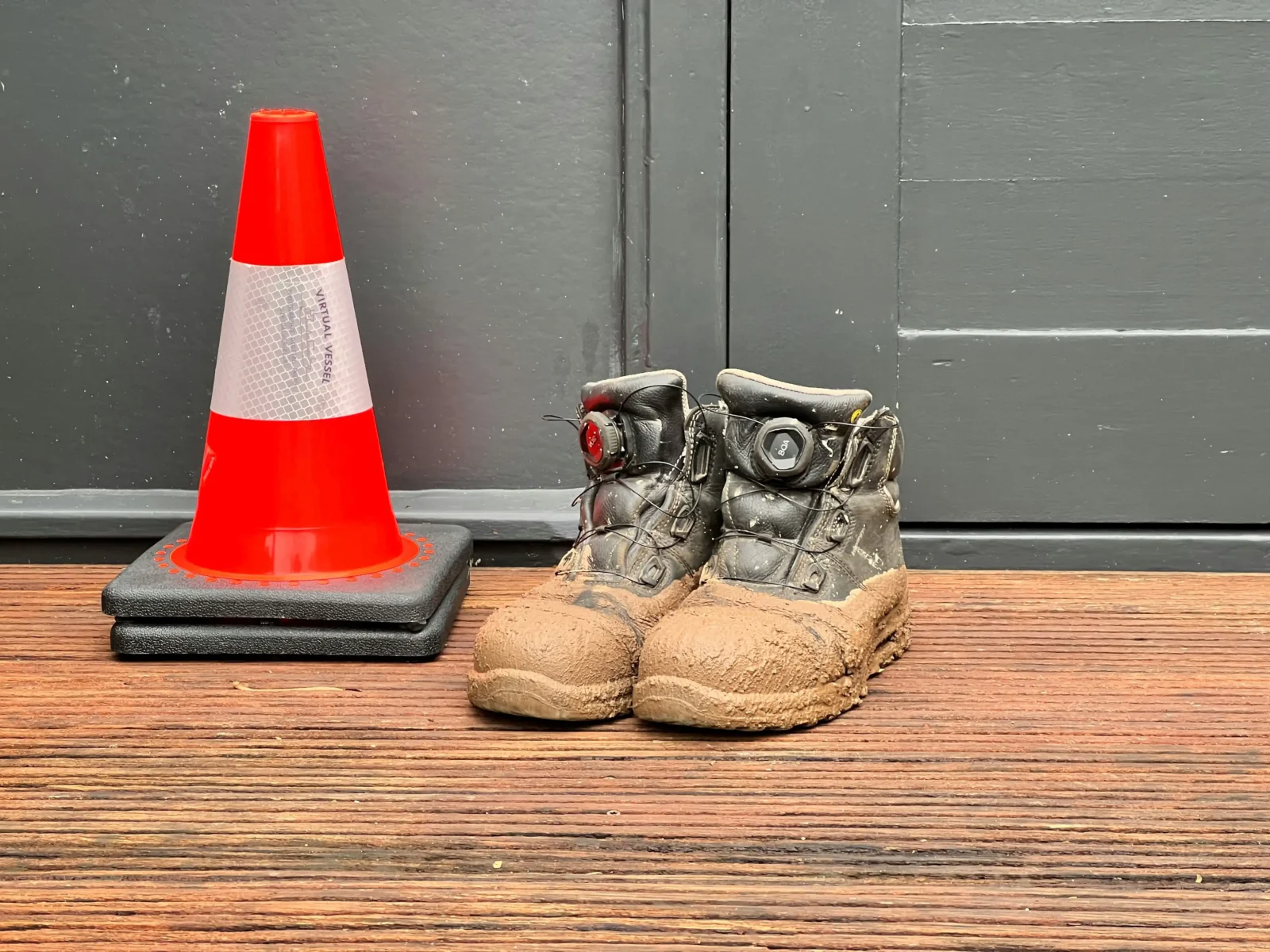- Home
- Articles
- Architectural Portfolio
- Architectral Presentation
- Inspirational Stories
- Architecture News
- Visualization
- BIM Industry
- Facade Design
- Parametric Design
- Career
- Landscape Architecture
- Construction
- Artificial Intelligence
- Sketching
- Design Softwares
- Diagrams
- Writing
- Architectural Tips
- Sustainability
- Courses
- Concept
- Technology
- History & Heritage
- Future of Architecture
- Guides & How-To
- Art & Culture
- Projects
- Interior Design
- Competitions
- Jobs
- Store
- Tools
- More
- Home
- Articles
- Architectural Portfolio
- Architectral Presentation
- Inspirational Stories
- Architecture News
- Visualization
- BIM Industry
- Facade Design
- Parametric Design
- Career
- Landscape Architecture
- Construction
- Artificial Intelligence
- Sketching
- Design Softwares
- Diagrams
- Writing
- Architectural Tips
- Sustainability
- Courses
- Concept
- Technology
- History & Heritage
- Future of Architecture
- Guides & How-To
- Art & Culture
- Projects
- Interior Design
- Competitions
- Jobs
- Store
- Tools
- More
How to Keep Your Home Mold-Free After Leaks: Easy Guide

A small drip can snowball into a musty, wall-staining nightmare. Once water sneaks in, you’re racing the clock. Let it sit too long, and you’ll be fighting fuzzy growth, warped walls, and an unmistakable smell you’ll never forget. This guide walks you through simple, effective steps to keep your place fresh and healthy, without turning your weekend into a renovation marathon.
Table of Contents
ToggleSpotting Early Signs of Mold After a Leak
It’s like stopping a sniffle before it graduates to full-blown couch duty. Catching it early gives you a solid shot at stopping it in its tracks. Discoloration on walls or ceilings? That’s your red flag. A smell that’s earthy or damp? Another warning sign.
Run your hand along baseboards. If they feel soft or crumbly, water has already done its work. Keep an eye on corners and behind furniture; moisture tends to accumulate in the areas you overlook. And don’t ignore small “sweat beads” forming on windows. Sometimes the giveaway is hiding in broad daylight.
Cleaning and Drying Methods to Stop Mold Growth
Once you’ve patched the source of the water, drying is priority one. Opening windows, using a dehumidifier, and keeping fans on can make a huge difference. Remove soaked rugs and fabrics—they’re like all-you-can-eat buffets for unwanted growth.
If a patch of wallboard feels damp, cut it out and replace it. Leaving it in place will only trap moisture. For minor areas, combining dish soap with warm water can be an effective surface cleaner. Avoid using bleach on porous materials—it kills surface spores but doesn’t get deep enough.

Drying should happen fast. We’re talking hours, not days. The sooner everything is bone-dry, the better your odds of keeping things clean.
Best Ventilation Tips for a Mold-Free Home
Airflow is your secret weapon. Without it, even a small damp patch can become trouble. Keep exhaust fans running longer in kitchens and bathrooms—twenty minutes after cooking or showering is a good rule.
For larger water messes, don’t just open a window and hope for the best. Cross-ventilation is key. Open windows on opposite sides of the space so air moves through, not just in.
If you’ve had serious water damage, calling in water damage cleanup pros can save you from bigger bills later. They’ve got industrial fans and moisture meters that leave no damp corner unchecked.
Materials and Areas Most at Risk for Mold
Some spots in your house are practically VIP lounges for moisture trouble. Pay extra attention to:
- Drywall and insulation near plumbing lines
- Carpet in basements or lower levels
- Wood framing in crawl spaces
- Wallpapered walls (especially in humid rooms)
- Condensation often builds up on window sills and door frames.
If you’ve had a spill or flood, these are the first areas to inspect. A quick sweep now can save you from replacing entire sections later.
Safe Mold Prevention Products for Homeowners
You won’t need full-on hazmat gear to keep the situation in check. Household options can go a long way. Vinegar works well on non-porous surfaces and is a gentler option than strong chemicals. Baking soda can help absorb lingering odors in carpets.
Antimicrobial sprays sold at hardware stores are worth keeping around, especially if you live in a humid climate. They’re easy to apply and can add a protective layer to problem areas. Just remember—these products prevent, not cure. If you already see significant growth, you’ll need to remove the damaged material.
Long-Term Home Maintenance to Keep Mold Away
Small, regular tasks keep moisture from setting up camp in the first place. Skip them, and you’re rolling out a welcome mat for trouble.
- Clean gutters twice a year so water drains properly.
- Make sure the ground around your home slopes so water flows away from the foundation.
- Test sump pumps before heavy rain seasons.
- Replace old caulk around tubs, sinks, and windows.
- Store seasonal clothes and linens in sealed bins, not cardboard boxes.
Think of this as insurance for your house’s health.

Conclusion: How to Keep Your Home Healthy and Mold-Free All Year
Fighting unwanted moisture is an ongoing habit that needs consistent attention. You won’t need full-on hazmat gear to keep the situation in check. Treat risk zones with care, and don’t skimp on maintenance. Do this, and your home will stay fresh, solid, and free from those stubborn stains and smells.
FAQs
How quickly can mold start to grow after water exposure?
Moisture left unchecked can trigger growth in as little as 24–48 hours. That’s why immediate action is so important.
Can I use bleach to kill mold on walls?
Bleach works on non-porous surfaces but isn’t effective for porous materials like drywall. It can even trap leftover moisture, which only adds fuel to the problem.
Is it safe to clean small mold patches myself?
Yes, if the area is under 10 square feet and you use proper gloves and masks. Larger infestations should be handled by professionals.
What’s the best way to stop bathroom mold from showing up?
Run an exhaust fan for at least 20 minutes after showers, keep surfaces dry, and reseal grout lines annually.
Should I replace the carpet after a flood?
Yes, in most cases. Carpets and pads trap moisture and are hard to dry completely, making them prime spots for mold growth.
illustrarch is your daily dose of architecture. Leading community designed for all lovers of illustration and #drawing.
Submit your architectural projects
Follow these steps for submission your project. Submission FormLatest Posts
Understanding Site Safety Footwear in Architectural Practice
Architecture is often discussed through drawings, models, and finished buildings, yet a...
General Arrangement Drawings in Architecture: The Backbone of Clear Design Communication
General Arrangement Drawings explained: what they are, when to use them, how...
The Ultimate Guide to Fencing in North Dakota: Choosing the Best Fence for Your Property
Watching a chain link fence twist in 70 mph winds near Minot...
Gaudí: Where Architecture Meets Science
Gaudí: Where Architecture Meets Science shows catenary arches, ruled surfaces, and biomimicry...












Leave a comment